Become provider Call us : (760) 285 0099 Login
Become provider Call us : (760) 285 0099 Login
Ensure the health and vitality of your trees and plants by using our Tree Insect Treatment and Pest Control Services. We use effective insecticides and conduct thorough monitoring to keep insect infestations at bay.
Stressed or vulnerable trees and plants are more susceptible to insect attacks. Regular monitoring and maintenance are crucial to prevent damage from insects and pests. Damage often manifests as hard bumps on leaves and stems, leading to declining health.
While some insects are beneficial, others can harm your trees and plants. Our tree borer treatment targets harmful pests while preserving beneficial insects, promoting ecological sustainability.
If we don’t control insect populations, they can mess up the ecosystem balance. These pests don’t just hurt trees and plants; they can also harm other animals and helpful insects nearby. This mess can cause more significant problems in the ecosystem.
Some invasive insects spread fast and wreck native plants, risking biodiversity. By handling insect infestations in trees and plants, we safeguard landscapes and help keep the environment healthy and stable.
Insects, bugs, and pests can damage tree trunks and branches extensively, compromising their health. Controlling these pests is challenging, but it’s essential for maintaining optimal tree health conditions. Our treatments are customized for different plant species, ensuring adequate protection.
Certified arborists must safeguard your trees and shrubs and maintain a vibrant landscape. Expert monitoring and treatment solutions are essential for ensuring plant efficacy and structural integrity. Trust us to keep your landscape healthy and thriving.
The Goldspotted Oak Borer (GSOB) disease is a common threat to oak trees like coastal live, canyon live, and California Black. It appears as red blisters or black stains with sap from under the bark. If left untreated, GSOB can kill trees; hence, try to get immediate Pest Control Service.
Additionally, it’s crucial to treat the larvae and the tunnels to prevent this. They try to stop the disease from spreading and prevent oak trees from dying suddenly.
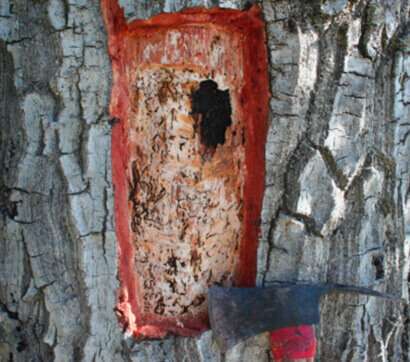
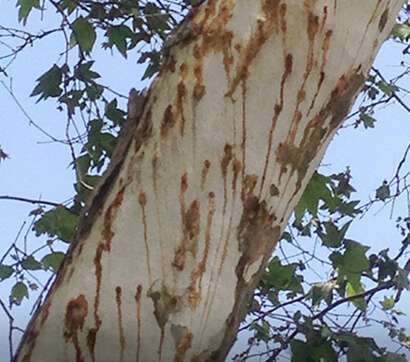
The shot hole borer attacks many trees in several areas, including San Diego, Orange County, Western Riverside, L.A., and San Bernardino. This disease spreads fungal spores mainly to hardwood plants. You can spot these spores on the bark, stems, and branches, causing wet staining and discoloration. However, the symptoms can differ based on the type of plant. Effective pest control is crucial to manage this threat.
The South American palm weevil mainly attacks palm and ornamental trees in San Diego and nearby areas. The damage starts with larval feeding on the apical meristem, leading to crown collapse or palm death. The crown often tilts or flattens when infested, indicating advanced attack stages. Look for yellow foliage, holes and tunnels on infected trees. Our pest control service can help mitigate SAPW infestations and protect your trees.
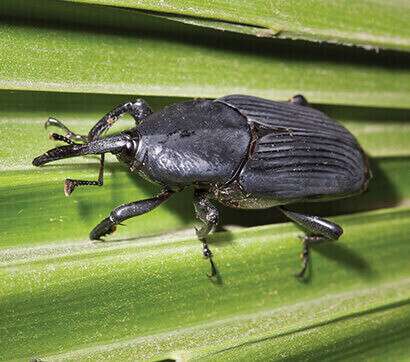
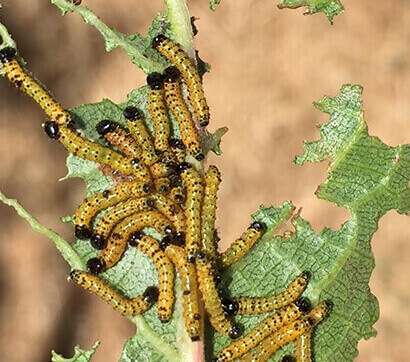
Tent Caterpillars are the larvae of several moths that can defoliate many deciduous trees and shrubs shortly. Ornamental shade trees are at the highest risk of attack from these hairy caterpillars. They build nests in the crotch of trees, branches, leaves, twigs, shoots, and trunks. You can easily see these caterpillars feeding on leaf tissues. Usually, the infestation of tent caterpillars occurs in spring or early summer. Get pest control in San Diego to control and treat your trees.
Wood-boring insects are among the most damaging pests for ornamental plants. They target stressed plants and shrubs, damaging their watering and sap tissues. Detecting infestations is challenging as symptoms are rarely visible until significant external damage occurs. These insects create holes or tunnels in the inner bark layer, accompanied by frass that resembles sawdust.
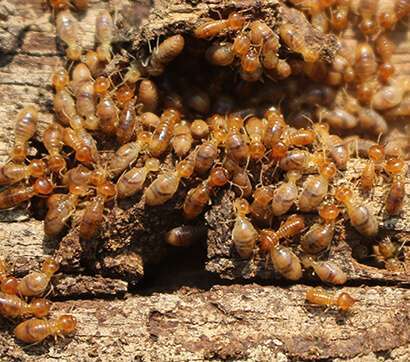
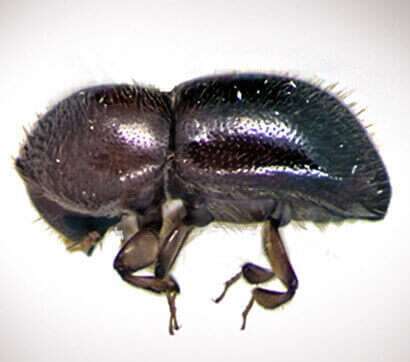
Ambrosia beetles infest various plants, including ornamental fruits, nuts, and over 100 species of deciduous trees. These beetles often go unnoticed because they spend much of their lives inside trees, causing significant damage. Professional treatment is necessary to halt their spread and minimize the harm they cause. Ambrosia beetles are particularly drawn to stressed plants and trees, so addressing any underlying issues to prevent infestations is crucial.
Adult moths lay eggs, which hatch into larvae that feed on leaves. If the infestation is severe, they may even defoliate trees. Signs of moth infestation on boxwood plants include chewed leaves, frass and webbing. Consistent tree health management and inspections are necessary to control moth infestation. Moth larvae thrive in hot weather and dry soil conditions. For effective control, consider contacting Pest Control Services Near Me.
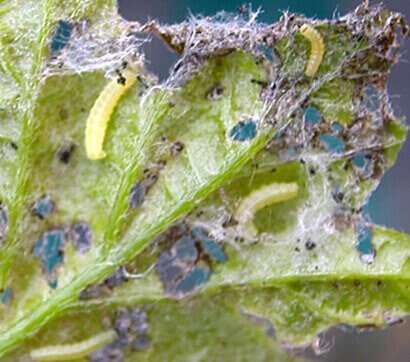
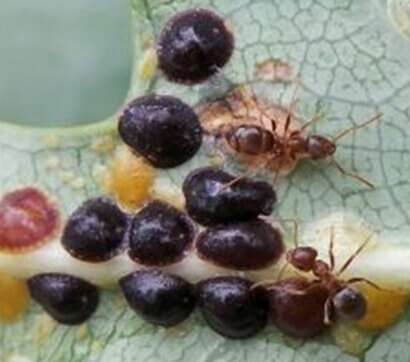
Like mobile scales, scale insects attach to plant tissues and feed without moving. They use their needle-like mouths to pierce the leaves but are hard to spot because they cover themselves with waxy material. Experts can detect them early before they heavily infest and damage various plants.
These small eight-legged creatures, belonging to the arachnid family, typically reside on the undersides of leaves, particularly in dry environments. The formation of webbing, small spots on leaves, and patches of yellowish or brownish discoloration indicate their presence. Despite their size, spider mites resist conventional pesticides, necessitating professional assistance to manage their spread and mitigate the infestation promptly and effectively.
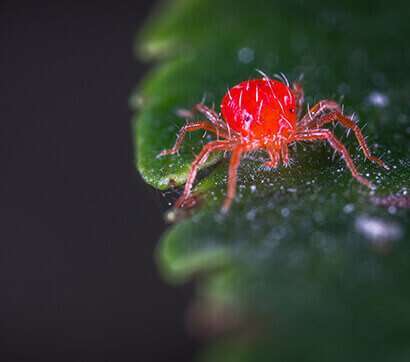
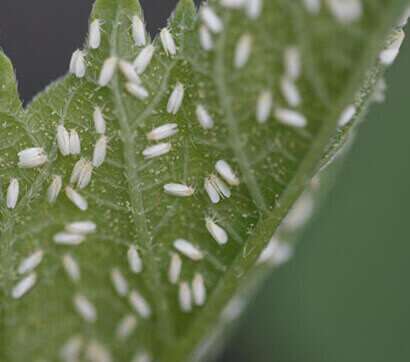
Your lovely ornamental plants in the garden are frequently at risk from whiteflies. These pests not only suck up essential plant minerals but also spread numerous dangerous viruses that can seriously harm trees and plants. Moreover, whitefly infestations can spread quickly and become increasingly severe. Various indoor and outdoor plants are vulnerable to attacks by whiteflies.